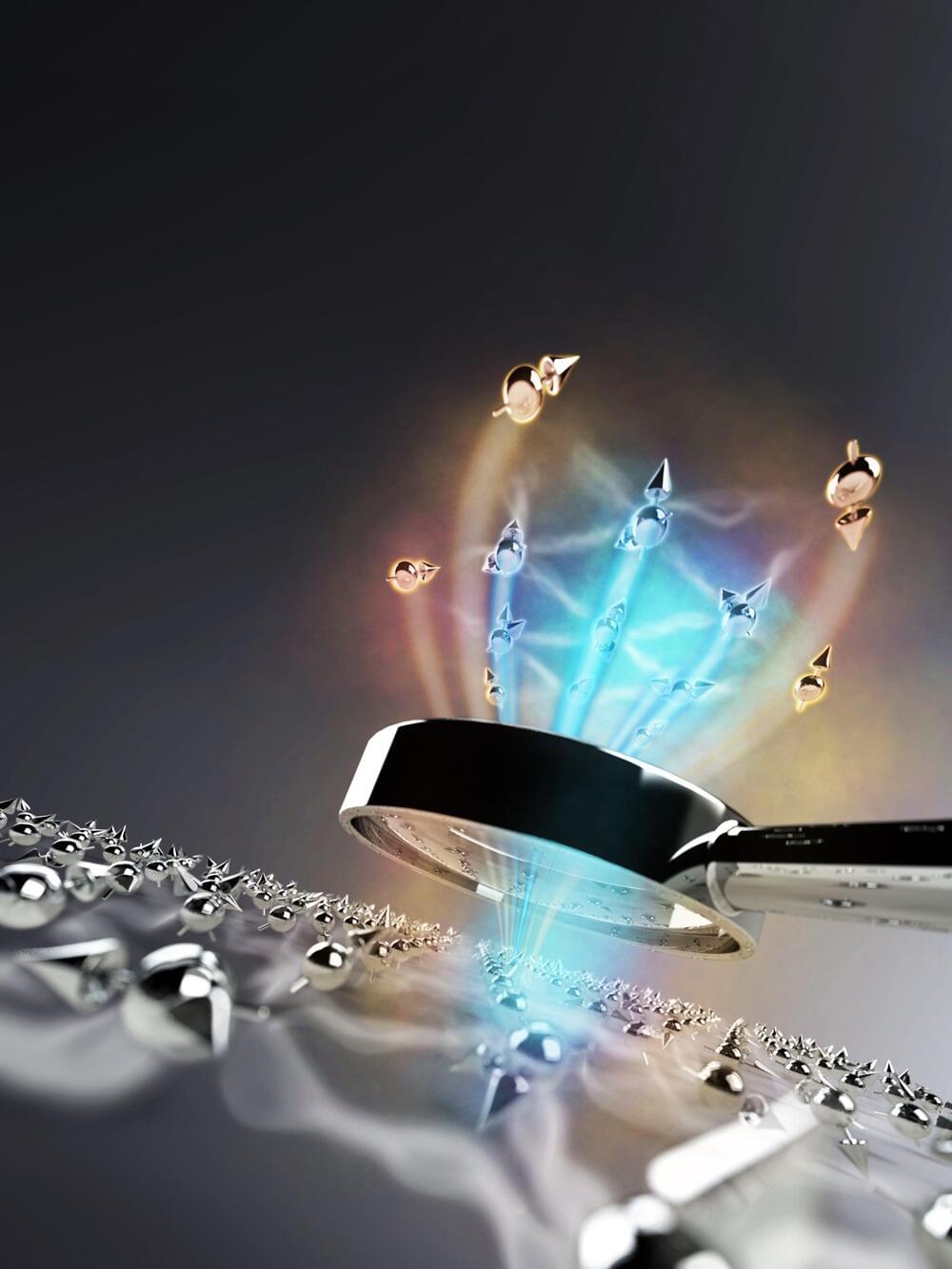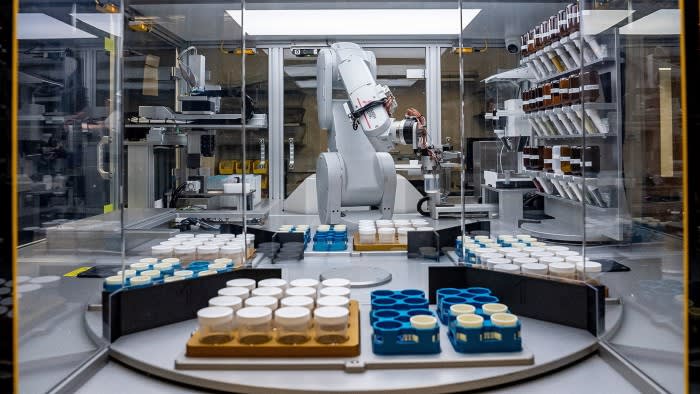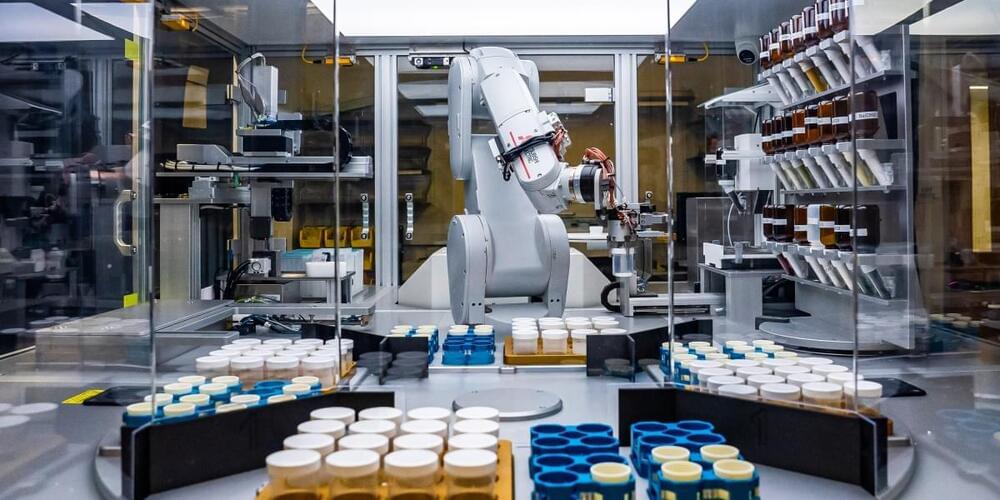Entanglement is a quantum phenomenon where the properties of two or more particles become interconnected in such a way that one cannot assign a definite state to each individual particle anymore. Rather, we have to consider all particles at once that share a certain state. The entanglement of the particles ultimately determines the properties of a material.
“Entanglement of many particles is the feature that makes the difference,” says Christian Kokail, one of the first authors of the paper published in Nature. “At the same time, however, it is very difficult to determine.”
The researchers led by Peter Zoller at the University of Innsbruck and the Institute of Quantum Optics and Quantum Information (IQOQI) of the Austrian Academy of Sciences (ÖAW) now provide a new approach that can significantly improve the study and understanding of entanglement in quantum materials.






